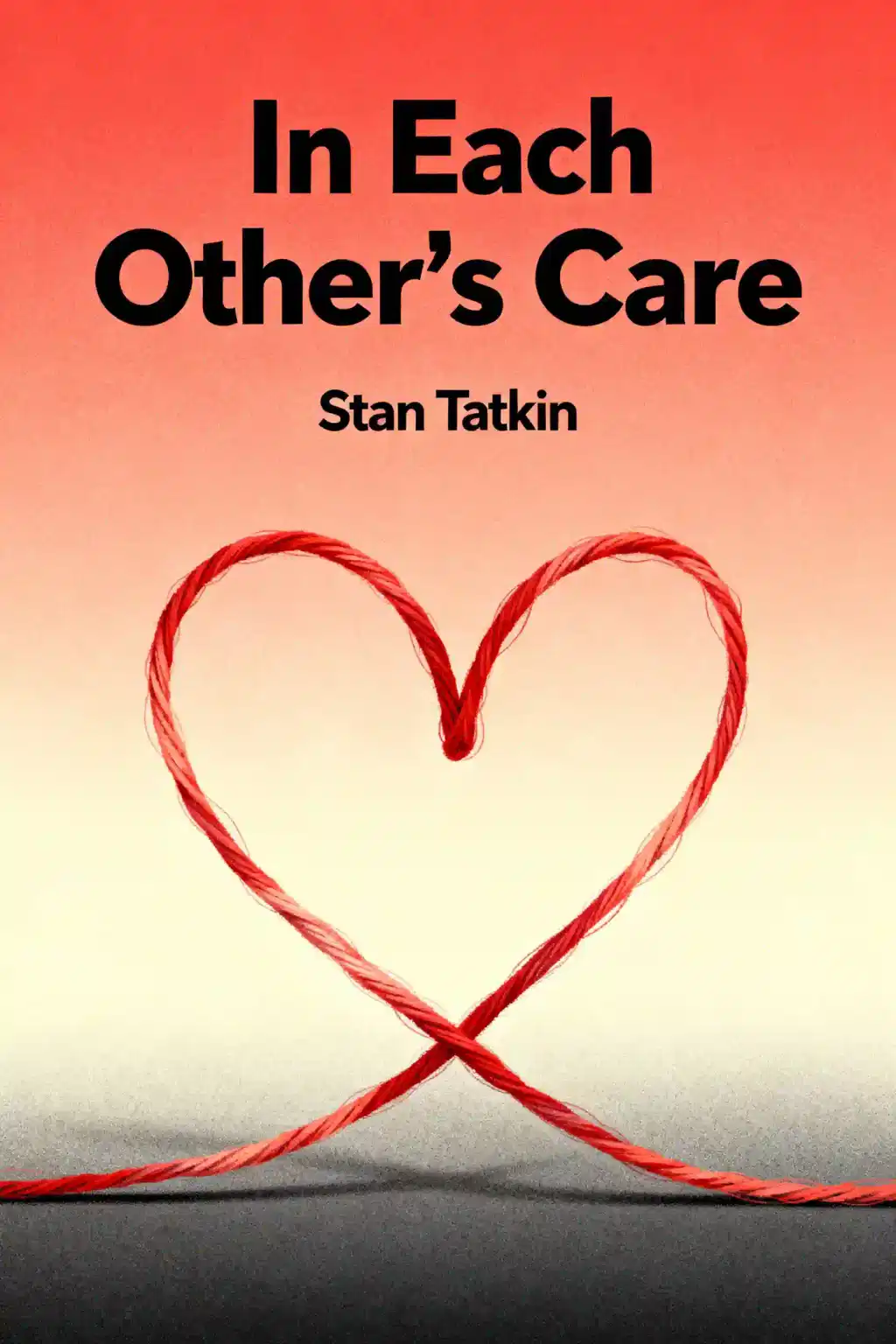What is
Stop Walking on Eggshells about?
Stop Walking on Eggshells by Paul T. Mason and Randi Kreger is a guide for family and friends of individuals with Borderline Personality Disorder (BPD). It provides strategies to set healthy boundaries, improve communication, and reduce emotional turmoil in relationships. The book combines clinical insights with practical tools like the SET (Support-Empathy-Truth) method to help readers navigate volatile interactions while prioritizing self-care.
Who should read
Stop Walking on Eggshells?
This book is ideal for partners, parents, or friends of individuals with BPD who feel emotionally drained or "hypervigilant" in their relationships. Clinicians and therapists seeking to support families affected by BPD will also find it valuable. The authors emphasize that the advice applies to anyone dealing with intense, unpredictable interpersonal dynamics.
Is
Stop Walking on Eggshells worth reading?
Yes, over 400,000 copies sold globally and translations into multiple languages attest to its impact. Readers praise its clear, compassionate approach to explaining BPD behaviors and offering actionable steps to reclaim emotional stability. Critics argue it risks oversimplifying BPD, but the authors explicitly avoid stigmatizing language.
What are the key strategies in
Stop Walking on Eggshells?
- Avoid J.A.D.E. (Justify, Argue, Defend, Explain): Disengage from circular arguments.
- Use SET communication: Offer Support, validate Emotions, state Truthful boundaries.
- Prioritize self-care: Redirect focus from controlling others to managing your own reactions.
How does
Stop Walking on Eggshells explain Borderline Personality Disorder?
The book likens BPD emotional sensitivity to a third-degree burn victim’s physical pain—minor triggers provoke disproportionate reactions. It clarifies that BPD stems from deep-seated fear of abandonment and unstable self-image, not malice. This analogy helps readers reframe conflict as a symptom of disorder, not personal failure.
Can
Stop Walking on Eggshells help improve communication with a loved one with BPD?
Yes, the SET method is designed to de-escalate tensions. For example, if a loved one blames you for their problems, respond with:
- Support: “I care about your feelings.”
- Empathy: “I see this is frustrating for you.”
- Truth: “I cannot solve this for you, but I’m here to listen.”
What critiques exist about
Stop Walking on Eggshells?
Some readers feel the term “borderline” is outdated or that the book overly focuses on the non-BPD perspective. However, the authors address these concerns upfront, emphasizing their goal is to empower families—not condemn individuals with BPD. The 2010 edition includes updated research to counter misconceptions.
How does
Stop Walking on Eggshells address hypervigilance?
“Walking on eggshells” refers to chronic hypervigilance, where stress hormones damage physical and mental health. The book teaches readers to recognize this state and replace it with deliberate, calm responses. Techniques include mindfulness, scripted phrases, and accepting what cannot be controlled.
Are there companion resources for
Stop Walking on Eggshells?
Yes, The Stop Walking on Eggshells Workbook offers exercises to apply the book’s concepts. Online communities like BPDFamily.com and Welcome to Oz provide peer support. The authors also recommend therapy modalities like Dialectical Behavior Therapy (DBT) for comprehensive care.
How does
Stop Walking on Eggshells compare to other BPD books?
Unlike memoirs or clinical textbooks, this book focuses on actionable coping mechanisms rather than diagnostic deep dives. It complements Marsha Linehan’s DBT work by translating therapy concepts into everyday tools for non-professionals. Critics note it’s less useful for individuals with BPD themselves.
Why is
Stop Walking on Eggshells still relevant in 2025?
With rising awareness of mental health, the book’s emphasis on boundary-setting and emotional resilience resonates in workplaces, families, and friendships. Updated editions integrate neuroimaging research on BPD brain patterns, reinforcing its science-backed approach.
What quotes from
Stop Walking on Eggshells summarize its message?
- “You are 50% of every relationship.” Highlights personal accountability.
- “Acceptance is not approval.” Encourages detaching from unchangeable behaviors.
- “Self-care is not selfish.” Underscores prioritizing mental health.
How can
Stop Walking on Eggshells help in workplace conflicts?
While focused on personal relationships, its conflict-resolution frameworks apply to professional settings. The SET method, for instance, helps address volatile colleagues by balancing empathy with firm boundaries, reducing escalation risks.














